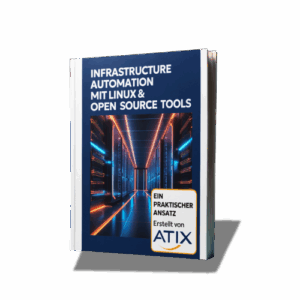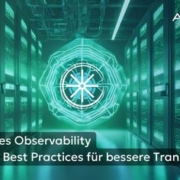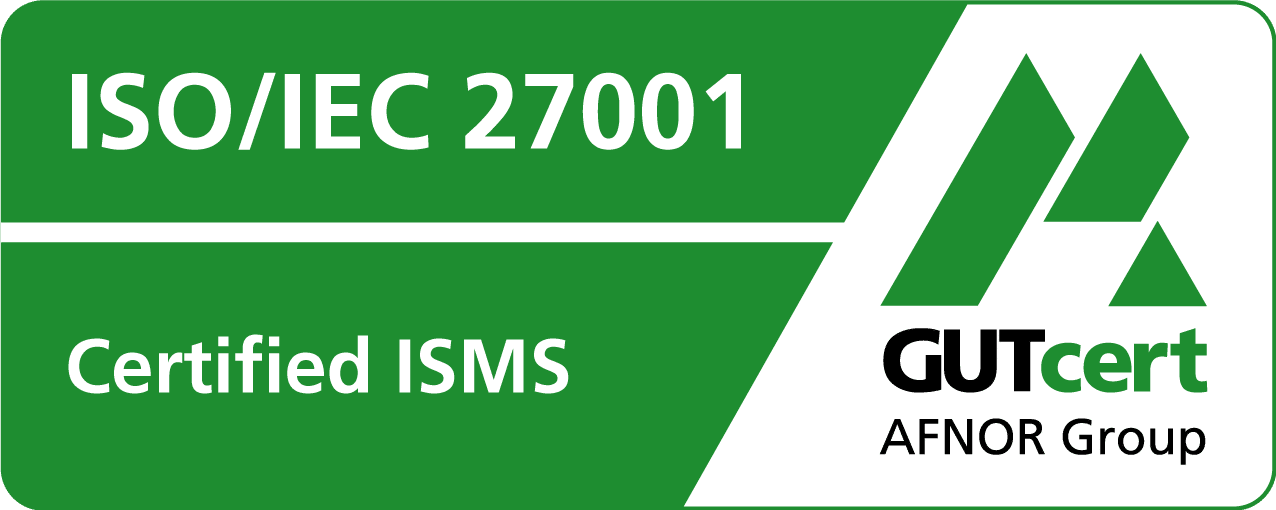The future of software architecture: focus on event-driven architecture
Software architecture plays a decisive role in the design of modern applications. Event-Driven Architecture (EDA) is a promising approach. This article highlights the advantages and functionality of EDA. You will also get a closer look at how it reacts to events in real time and why it is an attractive option for developing flexible, scalable and responsive systems.
The importance of software architecture
The aim of this approach is to be able to react to events or changes in the system in real time. This also gives it a significant performance advantage over conventional REST APIs.
The architecture on which an application is based plays a decisive role in the design of flexible and scalable systems. One of the most modern and promising architectures is Event-Driven Architecture, EDA. The aim of this approach is to be able to react to events or changes in the system in real time. This also provides a significant performance bonus compared to conventional REST APIs.
What is an event in the context of event-driven architecture?
An event describes a specific action or a change to the state of the system. This can be, for example, the creation of a new user, the completion of a transaction or the updating of an inventory. These events are recorded and transported to the respective target in real time. The target component reacts to the incoming event, for example by updating a database or sending a notification. It can therefore be said that events are the central triggers for actions and interactions in the EDA.
What does event-driven architecture mean?
EDA is a software design paradigm that focuses on the capture and processing of events. In contrast to traditional, process-driven architectures, in which the process flow is defined by fixed
procedures and processes, EDA is based on the occurrence of and reaction to events. This architecture enables systems to react to changes in real time and respond flexibly to new requirements.
In principle, events are published by producers in a broker in EDA. One or more consumers can then react to these events. In the simplest case, with only one producer and consumer communicating directly with each other, it would not be necessary to use a broker. However, most companies have several producers that produce events. Therefore, brokers or broker networks (event meshes) make perfect sense.
How does Event-Driven Architecture work?
EDA aims to improve the responsiveness and flexibility of systems through the use of event-driven mechanisms.
The core idea behind EDA is to create loosely coupled systems in which different components can work independently of each other and still be informed about relevant events. Events act as a central means of communication between the different parts of the system.
The functionality of EDA is based on several key elements:
-
Event: These represent relevant actions or state changes in the system, such as adding a product to the shopping cart in an e-commerce system or triggering a payment transaction.
-
Producer: Components or services in the system that generate and publish events are referred to as producers. They identify relevant events and send them to the system.
-
Consumer: These components listen to specific events and carry out corresponding actions. They can perform tasks ranging from updating databases and triggering workflows to notifying users.
-
Broker: A central component of EDA is the broker. It serves as an intermediary between producer and consumer. The broker receives events, routes them to interested recipients and ensures the reliability of message transmission.
By implementing EDA, systems can be made more agile and scalable as they allow components to be developed, changed and scaled independently of each other. This promotes flexibility, increases the reusability of components and enables a faster response to business requirements and events in real time.
Design patterns
When implementing EDA, there are several proven design patterns that can be applied depending on the requirements and complexity of the system. These patterns help to design the interaction between the different components of a system and to take full advantage of EDA:
-
Publish-Subscribe Pub/Sub): This pattern enables a loose coupling between producer and consumer. Producers publish events via a central intermediary (the broker), which distributes the messages to all registered consumers. Consumers can react selectively to events that are relevant to them without being directly dependent on the producers. This achieves scalability and flexibility in the system.
-
Event Sourcing: In this pattern, the state of a system is represented as a sequence of events that are published and saved. Instead of storing the current state directly, systems can reconstruct the state by retrieving all relevant events and applying them in sequence. This makes it possible to track the progress of data changes, make revisions and ensure reliable auditing.
These patterns are just a few examples of the variety of approaches that can be used when implementing EDA. The choice of the appropriate pattern depends on factors such as the system requirements, the complexity of the business logic and the performance objectives. By applying these patterns in a targeted manner, EDA can be used effectively to create flexible, scalable and responsive systems.
Advantages of an event-driven architecture
EDA is becoming increasingly important, especially in the development of modern, distributed systems. By utilizing event-driven mechanisms, EDA can offer many advantages that make it a preferred choice for many software developers and companies. Here are five key benefits of EDA Loose coupling:
-
Loose coupling: EDA allows system components to be loosely coupled. This means that each component can be developed, deployed and scaled independently. Changes to one component do not require adjustments to others, which makes it much easier to maintain and expand the system.
-
Scalability: The asynchronous communication in EDA systems enables easy scalability of the components. As the components work independently of each other, they can be scaled individually as loads increase without affecting the entire system.
-
Responsiveness: EDA systems can respond to events in real time, enabling rapid adjustments to changing conditions. This real-time responsiveness capability significantly improves the user experience as users receive immediate feedback on their actions.
-
Flexibility: The architecture of EDA Systemen makes it easy to add new functions and services. By integrating new producers or consumers, the system can be easily expanded without affecting existing components.
-
Fault isolation: Faults in one component of an EDA system do not affect the entire system. This isolation improves the reliability and availability of the system as problems can be quickly identified and rectified without disrupting other parts of the system.
In summary, EDA provides a robust and flexible basis for the development of modern software systems. Its loose coupling, high scalability, real-time responsiveness, flexibility and fault isolation allow companies to develop systems that not only meet current requirements but can also be easily adapted to future challenges. These advantages make EDA an extremely attractive option for the development of scalable and reliable applications.
Conclusion
EDA is a powerful paradigm that is revolutionizing modern software development. By making systems flexible, scalable and responsive, EDA enables rapid adaptation to change and increased efficiency. The loose coupling of components and real-time responsiveness offer significant advantages for companies that depend on agility and reliability. EDA is therefore not just an architectural choice, but a strategic approach to developing future-proof and resilient applications.









